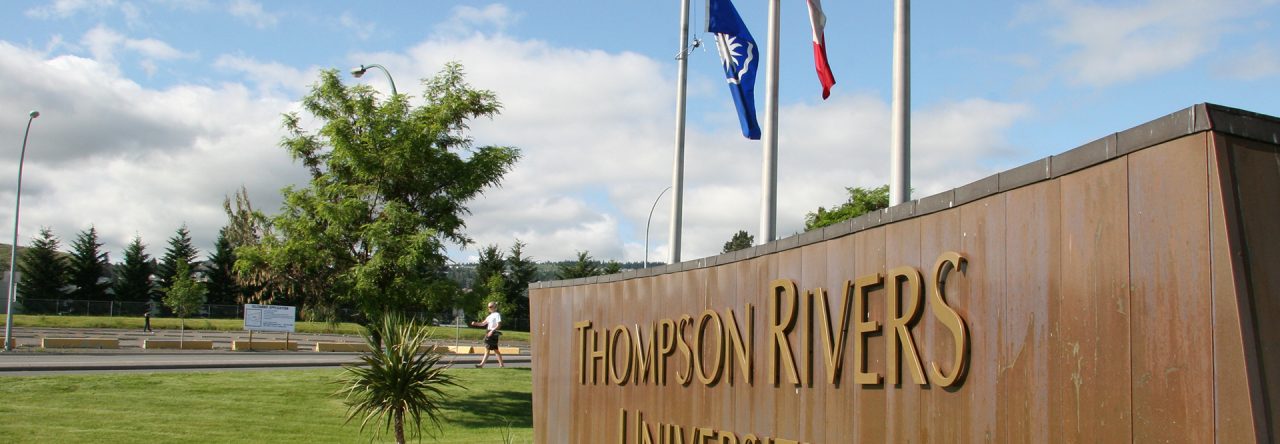By Wei Yan, CELT
This post was also shared internally via TRU Connect.
The center for Teaching and Learning at Indiana University–Purdue University Indianapolis published a Scholarly Teaching Taxonomy on their website after extensive review of the literature on teaching and learning. I found this to be a useful tool for professional development and growth. The taxonomy comprises five dimensions of scholarly teaching, including 1) evidence-based practice, 2) reflective practice, 3) course/curricular design, 4) ethics and responsibility, and 5) subject-matter expertise and pedagogical knowledge. As faculty members, this tool provides a great concept map for us to reflect on current practice and set new goals and make improvements for our teaching practice.
In each of the above five dimensions, three levels are clearly defined with examples. Take “evidence-based practice” for example, this dimension focused on the use of evidence from research on teaching and learning in teaching practices. At Level 1, faculty should demonstrate application of research findings in their course materials. Faculty who achieve Level 2 should be able to adapt their evidence-based practices to fit their instructional contexts and student needs. Student learning outcomes, student feedback and peer review should be viewed in the context of research literature to make improvements on teaching. At Level 3, faculty become the experts in this dimension. They should be able to create new ways in their practice to improve student learning. Their practice would have impact beyond their classrooms and reach community partners. They would conduct and disseminate their research and be recognized by fellow faculty. All five dimensions compliment each other and help us grow as scholarly teaching faculty.
On our pathway from a good scholarly teaching faculty to a great one, “Student as Partners” in higher education teaching and learning has become more and more important particularly after the COVID-19 pandemic (Walker and Prosser, 2023). Student learning experiences are first-hand essential evidence for our teaching practices. A student survey at the end of the course does not provide enough information for the rapid change and growth students experience during the course. Inviting student as partners and learning their experiences throughout the course will better help faculty make instructional decisions and changes and at the same time increase student engagement, motivation, and agency. If you are interested in incorporating students as partners in SoTL activities, Healey et al. (2014) describe a number of examples and its conceptual foundations, which could be helpful: https://s3.eu-west-2.amazonaws.com/assets.creode.advancehe-document-manager/documents/hea/private/resources/engagement_through_partnership_1568036621.pdf .
References
Center for Teaching and Learning at IUPUI (2024). Scholarly Teaching Taxonomy. Retrieved from https://ctl.iupui.edu/resources3/scholarly-teaching-taxonomy/
Healey, M., Flint, A., & Harrington, K. (2014). Engagement through partnership: Students as partners in learning and teaching in higher education. Higher Education Academy. Retrieved from https://www.advance-he.ac.uk/knowledge-hub/engagement-through-partnership-students-partners-learning-and-teaching-higher
Waller, K.L., Prosser, M. (2023). The rapidly changing teaching and research landscape: The future of SoTL and the teaching-research nexus. In: Coleman, K., Uzhegova, D., Blaher, B., Arkoudis, S. (eds), The Educational Turn. Rethinking Higher Education. Springer. https://doi.org/10.1007/978-981-19-8951-3_3


Leave a Reply